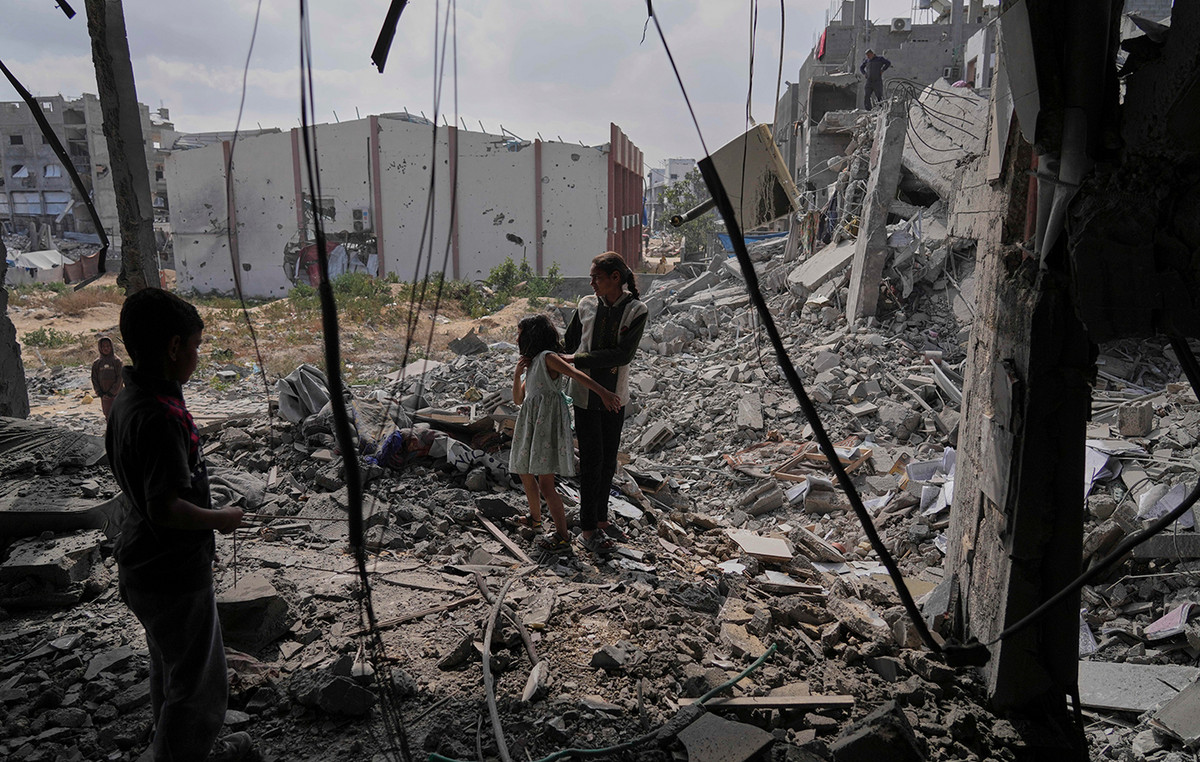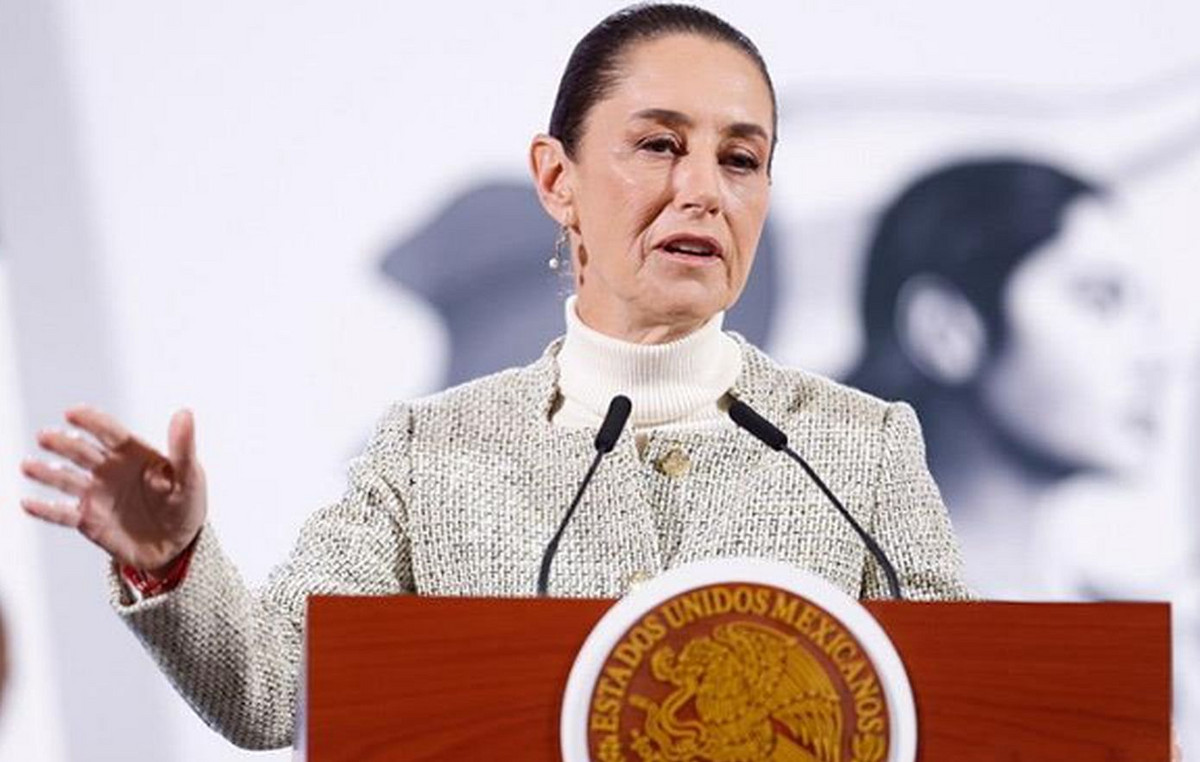Information publication Space, citing its sources today, January 19, reported that scientists from the Cerro Tololo Inter-American Observatory in Chile, which is managed by the US National Science Foundation, managed to create the most detailed photograph of the Milky Way galaxy. More than 3.3 billion different space objects are captured in this photo, which experts have already called the “huge catalog of heaven”, so this is the most detailed image of our galaxy in the history of mankind. And, of course, the data obtained will allow us to work more productively in the field of space exploration in the future.
True, it is rather difficult to process such a volume of information, because there are a lot of objects and some of them are still to be studied:
“Imagine a group photo of more than three billion people, and each of them is recognizable! Astronomers will study this detailed portrait of more than three billion stars in the Milky Way for decades to come,” said Debra Fisher, director of the National Science Foundation’s Astronomical Sciences Division.
And it took a lot of time to create a “map of the Milky Way” – researchers using a special Dark Energy Camera to observe the plane of the galaxy in the optical and infrared ranges collected data for two years. As a result, the camera captured 10 TB of content, taking 21,400 individual shots of the sky. Now the information received needs to be studied, analyzed and catalogued, but users who are not scientists can also study the result – the photo is available on the official website. And, of course, it is worth noting that although a lot of space objects got into the photograph, in reality this is only 6.5% of all objects in the Milky Way. This means that specialists will have to conduct more than one “photo shoot” of the galaxy in order to collect even more data and in the near future create a full-fledged map of the Milky Way with all the stars and planets. I wonder what are the chances that among the billions of space objects there is at least one with intelligent life?
Source: Trash Box
Charles Grill is a tech-savvy writer with over 3 years of experience in the field. He writes on a variety of technology-related topics and has a strong focus on the latest advancements in the industry. He is connected with several online news websites and is currently contributing to a technology-focused platform.







